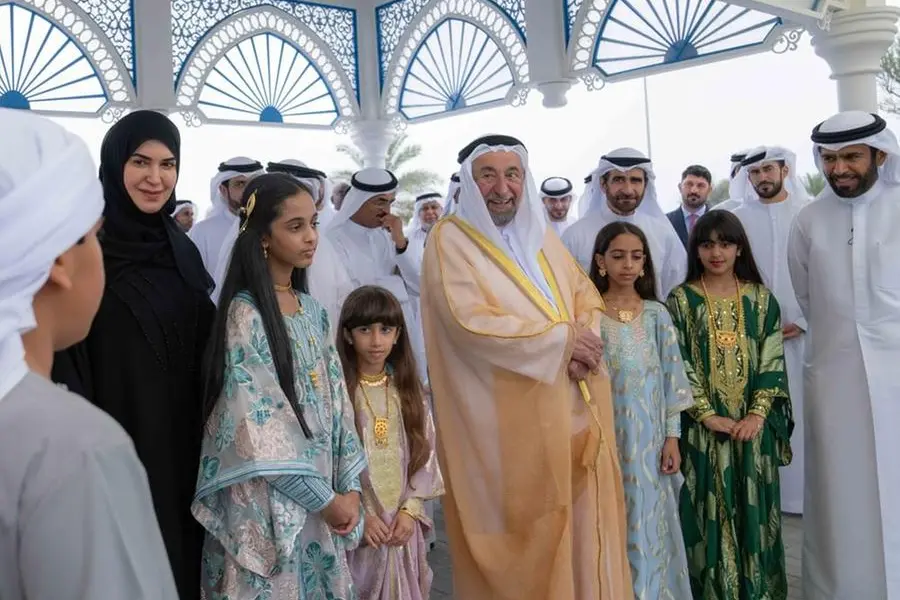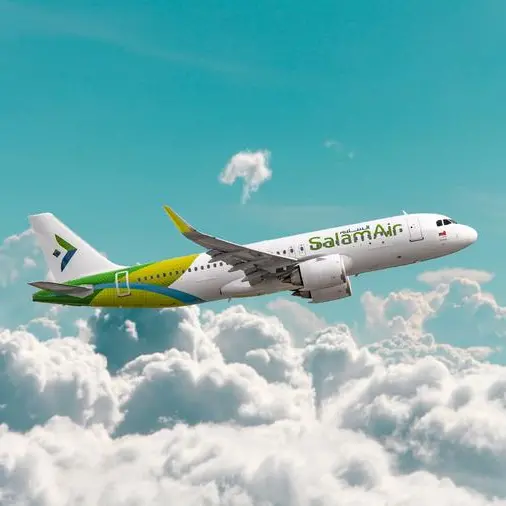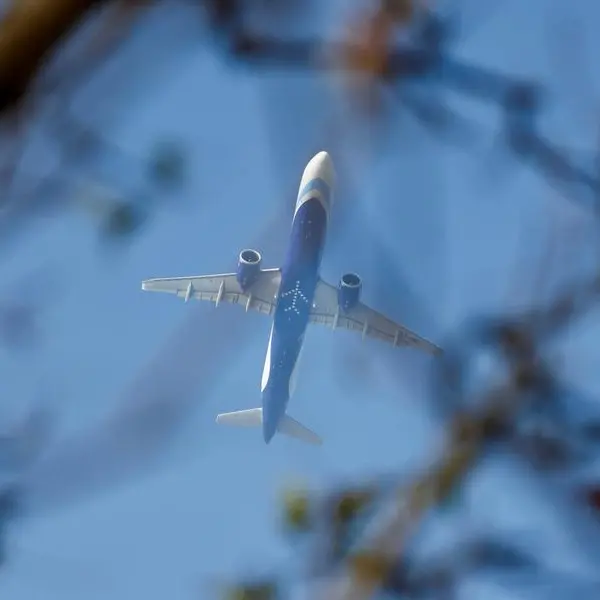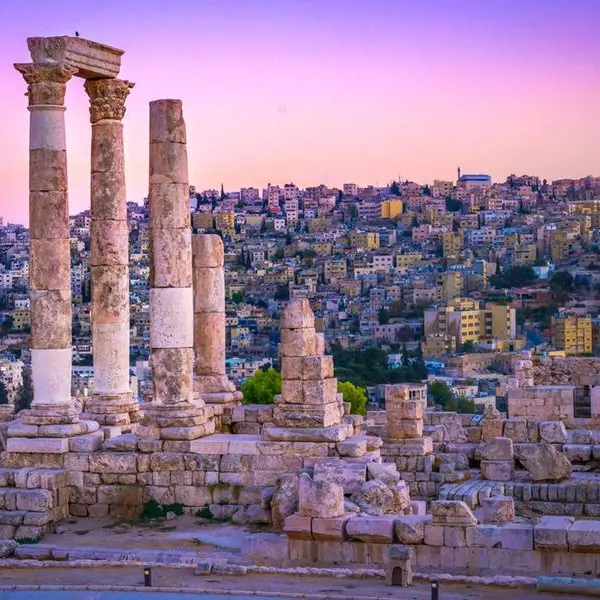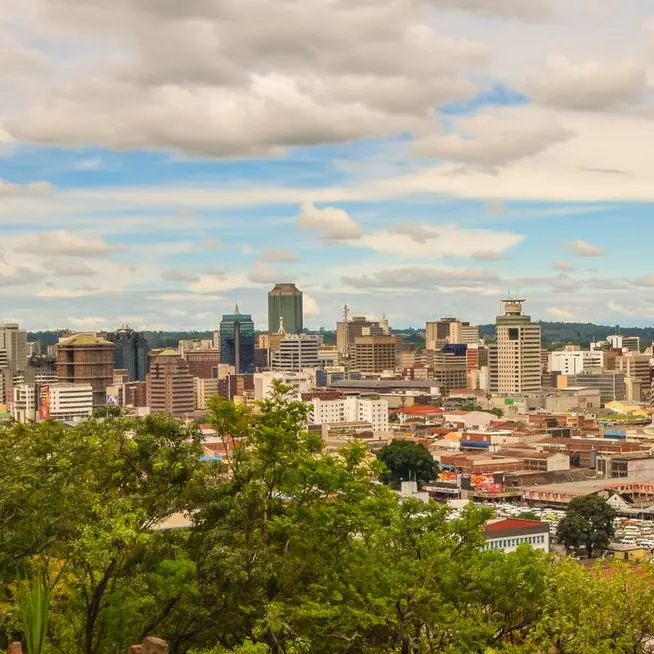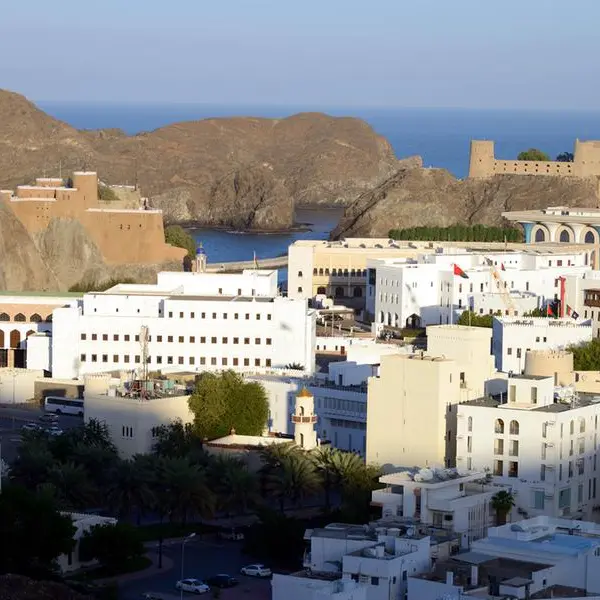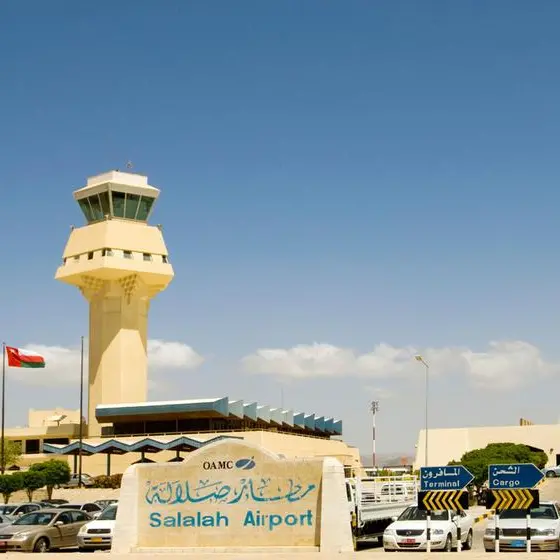PHOTO
SHARJAH - H.H. Sheikh Dr. Sultan bin Muhammad Al Qasimi, Member of the Supreme Council and Ruler of Sharjah, inaugurated, on Friday, the Arabian Tahr project within the new expansion of Al Hefaiyah Mountain Conservation Centre, in the city of Kalba, which aims to provide a large natural environment for breeding the endangered Arabian Tahr.
He also inaugurated the deer canopy area is parallel to Al Hefaiyah Protected Area, which provides a shaded platform for visitors to watch the deer.
Upon his arrival at Al Hefaiyah Mountain Conservation Centre, Sheikh Dr. Sultan listened to a detailed explanation about the efforts to preserve rare and endangered animals and birds, including the Arabian Tahr and the Nubian Ibex, which the Centre succeeded in resettling in Al Hajar Mountains.
He also learned about the new expansion and importance of the centre in caring for the mountainous environment, and contribution to consolidating the emirate’s plans to enhance its position in preserving environmental and biological diversity, and continuing to implement initiatives for the continuous preservation of natural life and encouraging the proliferation of endangered species from animals of the mountain environment.
The Ruler of Sharjah then moved to the deer shelters, which he directed to implement along the fence of Hefaiyah Protected Area on Kalba Road, representing a shaded platform to receive tourists, visitors and nature lovers to view the deer.
Sheikh Dr. Sultan witnessed the release of a group of the endangered mountain gazelle, which was resettled and multiplied in the reserve so that it lives within its natural environment.
He listened to an explanation about the umbrella area, what it provides to visitors, and its most prominent architectural and engineering details that add an aesthetic character to the city of Kalba. The area includes 26 umbrellas, in addition to a fence that separates umbrellas from the reserve to provide protection and safety for deer and mountain animals.
The umbrella area overlooks the forest of “umbrella thorn acacia” trees, which extends in a gravel plain to the foothills of the opposite mountains, and is home to a large group of “mountain gazelle.”
The umbrella area is used as an ideal rest area and a place for sports enthusiasts and families. It includes 52 seats made of white cast aluminium with sections of high-quality treated wood for groups. The umbrellas are distinguished by their classic design mixed with elements of Islamic architecture in white and blue, which distinguishes the unique architectural identity of the city of Kalba.
The project serves a 2.6 km service road, and a 2.1 km walkway. The spaces adjacent to the canopies have also been planted with plants from the mountainous nature to enhance the general atmosphere of the place and increase the shade spaces available in the area, in addition to providing a number of 740 parking spaces along the road adjacent to the canopies.
Al Hefaiyah Protected Area is home to more than 30 different species of mountain animals. Al Hefaiyah Mountain Conservation Centre, located at the foot of the Al Hajar Mountains adjacent to the city of Kalba, is famous for its rich biological diversity as it contains a variety of plants and animals, highlighting the uniqueness of the region and the harmony and integration of its natural elements.
The Arabian Tahr is classified as an endangered species. It is a diurnal animal isolated in small groups. It lives for 8 to 16 years, and its weight ranges from 15 to 40 kilogrammes. It is more concentrated on rugged mountain slopes near permanent water sources, and may swim in ponds, shallows and sand baths, as it depends for its food on water, grass, small shrubs, leaves and wild fruits.
The distinctive Nubian ibex is one of the animals that breed in regions of the Arabian Peninsula.
The Arabian gazelle is distinguished by its alert gaze and excellent senses of hearing and smell, in addition to its agility and fitness that help it escape, as its speed reaches 65 km per hour. It is a diurnal animal that clings to the area in which it lives and prefers the mountainous or plateau environment. It feeds on grasses, herbs, shrubs, leaves and cones. Various plants. It lives between 8 and 13 years, and its weight ranges from 20 to 30 kilograms.
The Sharjah Ruler was accompanied by Abdul Rahman bin Mohammad bin Nasser Al Owais, Minister of Health and Prevention; and a number of senior officials, heads and directors of government departments and notables of the city.
